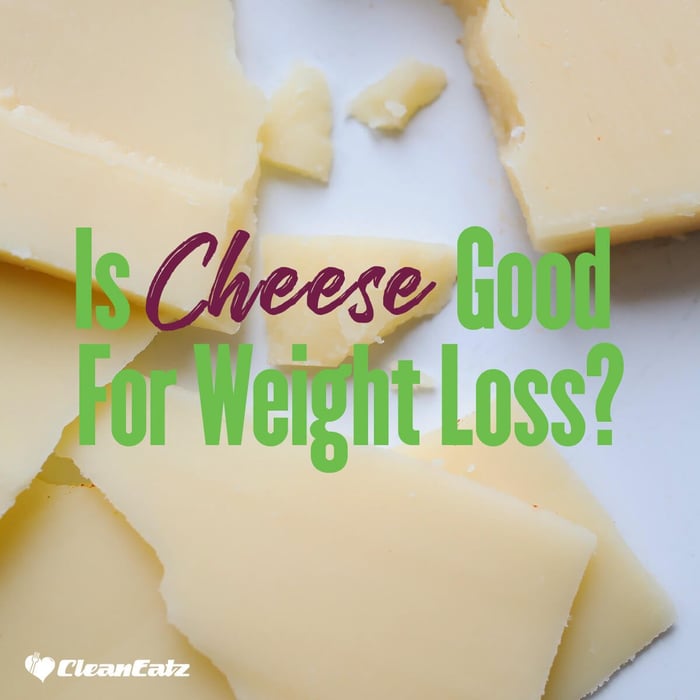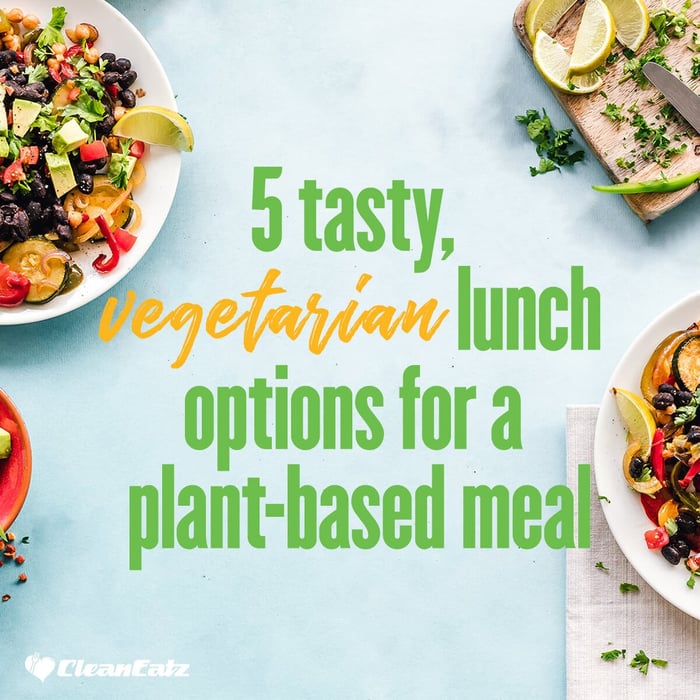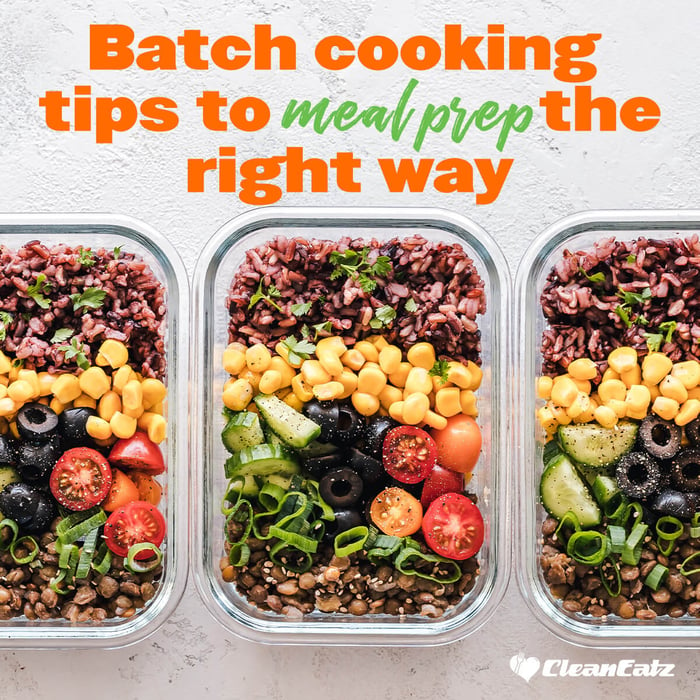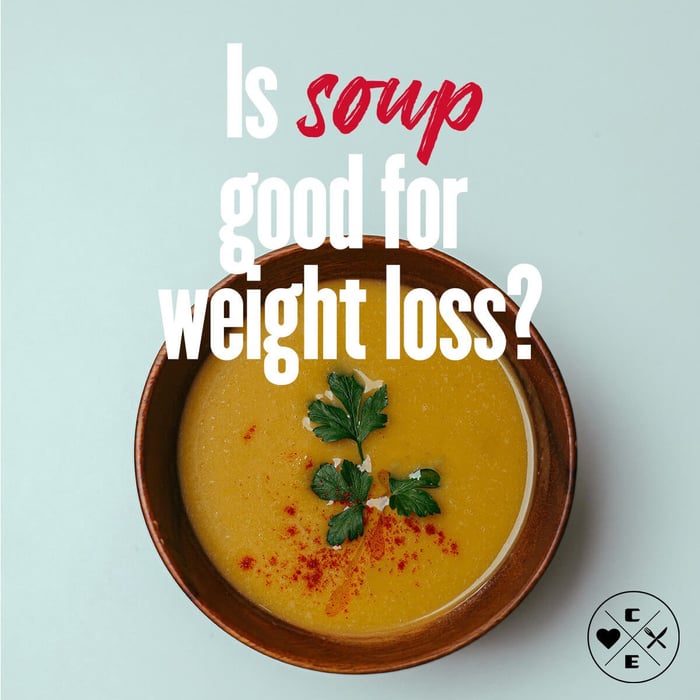Why cheese can work for weight loss
- Protein + satiety: Dairy proteins (casein/whey) help you feel full. Trials and reviews show higher dairy intakes during energy restriction don’t hinder weight loss and can modestly improve body-comp in some groups.1, 2
- Works within a calorie plan: Cheese can replace less-satisfying snacks or ultra-processed toppings. The key is substitution, not addition.
- Fermented dairy advantage (context): Some evidence suggests fermented dairy (yogurt/cheese) may relate to better weight or waist outcomes vs. non-fermented dairy, though results vary by study design.3
When cheese can stall progress
- Calorie density: Many cheeses pack ~90–120 kcal per ounce. Handfuls or thick slices add up fast.4, 5
- Saturated fat & sodium: Keep sat fat in check and watch sodium (water retention can mask fat loss on the scale).6, 7
- Add-on effect: Extra cheese on foods already rich in fats/refined carbs can blow past your calorie target.
Best choices & smart portions
Typical nutrition—check your package; brands vary.
| Cheese (serving) | Approx. calories | Protein | Sat fat | Sodium |
|---|---|---|---|---|
| Cheddar, 1 oz | ~114 kcal | ~6–7 g | ~5.4 g | ~180–190 mg |
| Part-skim mozzarella, 1 oz | ~80–90 kcal | ~7–8 g | ~3.5 g | ~150–210 mg |
| Swiss, 1 oz | ~110–112 kcal | ~7–8 g | ~5.2 g | ~50–60 mg |
| Feta, 1 oz | ~70–75 kcal | ~4–6 g | ~3.5–3.8 g | ~320–340 mg |
| Cottage cheese (2%), ½ cup | ~90–110 kcal | ~13 g | ~1.5–3 g | ~350–390 mg |
Portion cues: 1 oz hard cheese ≈ pair of dice; ¼ cup shredded ≈ ~1 oz.
Make it work: Use cheese as a flavor accent on high-volume, high-fiber meals (salads, veggie bowls, omelets). Pair with lean protein for better fullness—see our high-protein guide and healthy fats guide. If you want structure, check our best weight-loss program and calorie-goal guide.
Label & shopping tips
- Saturated fat: Keep sat fat within your daily limit; consider part-skim or naturally lower-sat-fat choices when you eat cheese more often.6
- Sodium: Big spread by type/brand—Swiss tends to be lower; feta and processed slices are higher. Compare labels.7, 8, 9
- “Natural” vs processed: Process cheese often adds sodium/emulsifiers. If sodium is a concern, choose natural cheeses and measure portions.
- Lactose notes: Most aged cheeses (cheddar, Swiss) are low in lactose; many with lactose intolerance tolerate small servings. Cottage cheese has more—test tolerance or use lactose-free versions.10, 11
FAQs
Is full-fat or reduced-fat better for weight loss?
Calories and consistency matter most. Both can fit your plan; pick the style that helps you stay satisfied and within your calorie target while keeping saturated fat in check.2
Can I eat cheese every day and still lose weight?
Yes—if total calories and protein are on target. Use measured portions and make room in your daily plan. Cottage cheese is a convenient high-protein option.
Does cheese make you retain water?
Higher-sodium cheeses can cause short-term water retention for some people. Balance the day’s sodium and drink enough fluids.7
References
- Geng T, et al. Effects of Dairy Products on Body Weight & Composition in Adults (meta-analysis; energy restriction subgroups show decreases). PubMed.
- Kiesswetter E, et al. Dairy intake & cardiometabolic markers—no detrimental effects on weight/BMI/fat mass in RCTs. Open access.
- Zhang M, et al. Cheese intake & multiple health outcomes (umbrella review). Open access.
- USDA/MyFoodData — Cheddar, 1 oz: ~114 kcal, ~6–7 g protein, ~5.4 g sat fat, ~185 mg sodium. myfooddata.com.
- USDA/MyFoodData — Part-skim mozzarella, 1 oz: ~80–90 kcal; ~7–8 g protein. myfooddata.com.
- American Heart Association — Saturated fats guidance (<6% of calories for those needing to lower LDL). heart.org.
- AHA Diet & Lifestyle tips—choose foods lower in sodium/sat fat; read labels. heart.org.
- USDA/MyFoodData — Swiss, 1 oz: ~112 kcal; ~7.7 g protein; ~53 mg sodium (much lower than many cheeses). myfooddata.com.
- USDA/MyFoodData — Feta, 1 oz: ~70–75 kcal; ~4–6 g protein; ~320–340 mg sodium. myfooddata.com.
- NIDDK — Eating with lactose intolerance (many tolerate small amounts; hard cheeses are lower in lactose). niddk.nih.gov.
- Mayo Clinic — Hard cheeses like Swiss/cheddar generally have small amounts of lactose. mayoclinic.org.
- Hansen TT, et al. Higher-protein/lower-fat cheese increased satiety vs higher-fat versions. Open access.
Educational content only; not medical advice.




